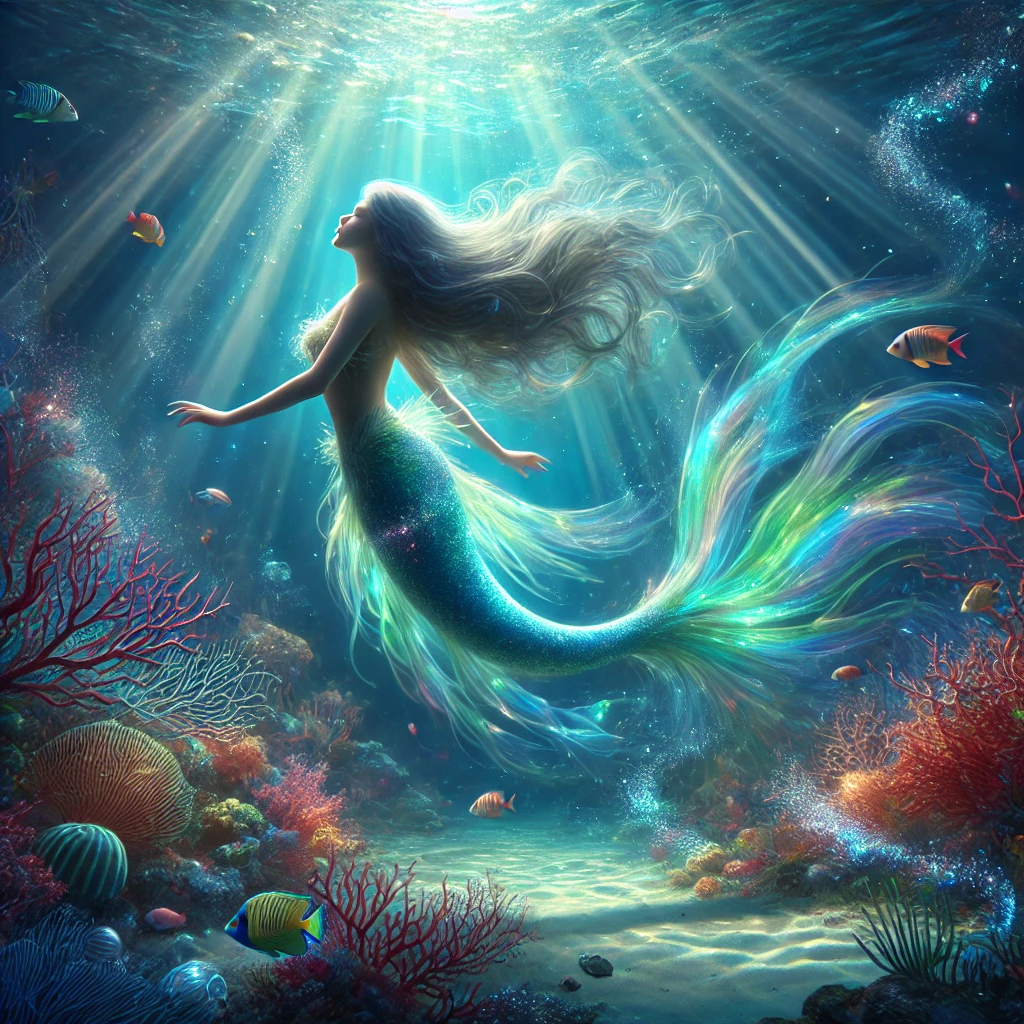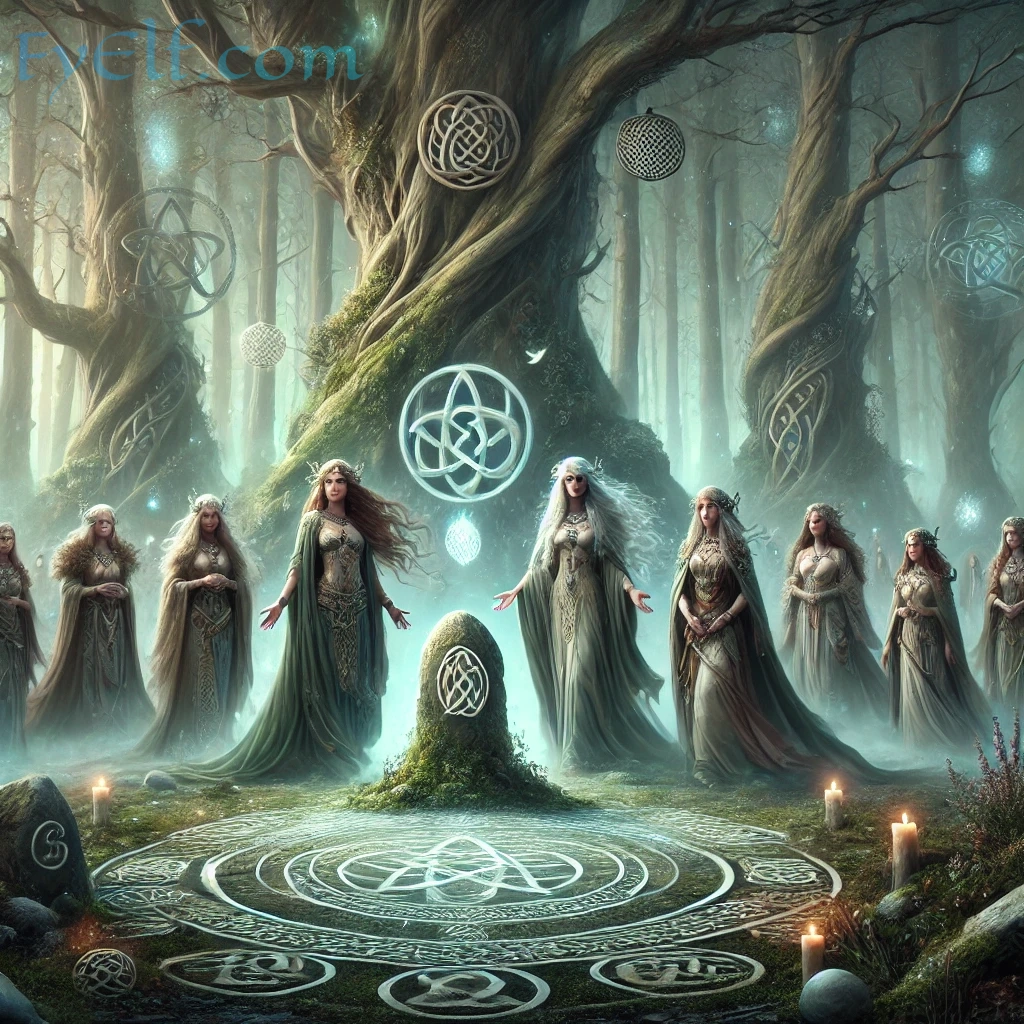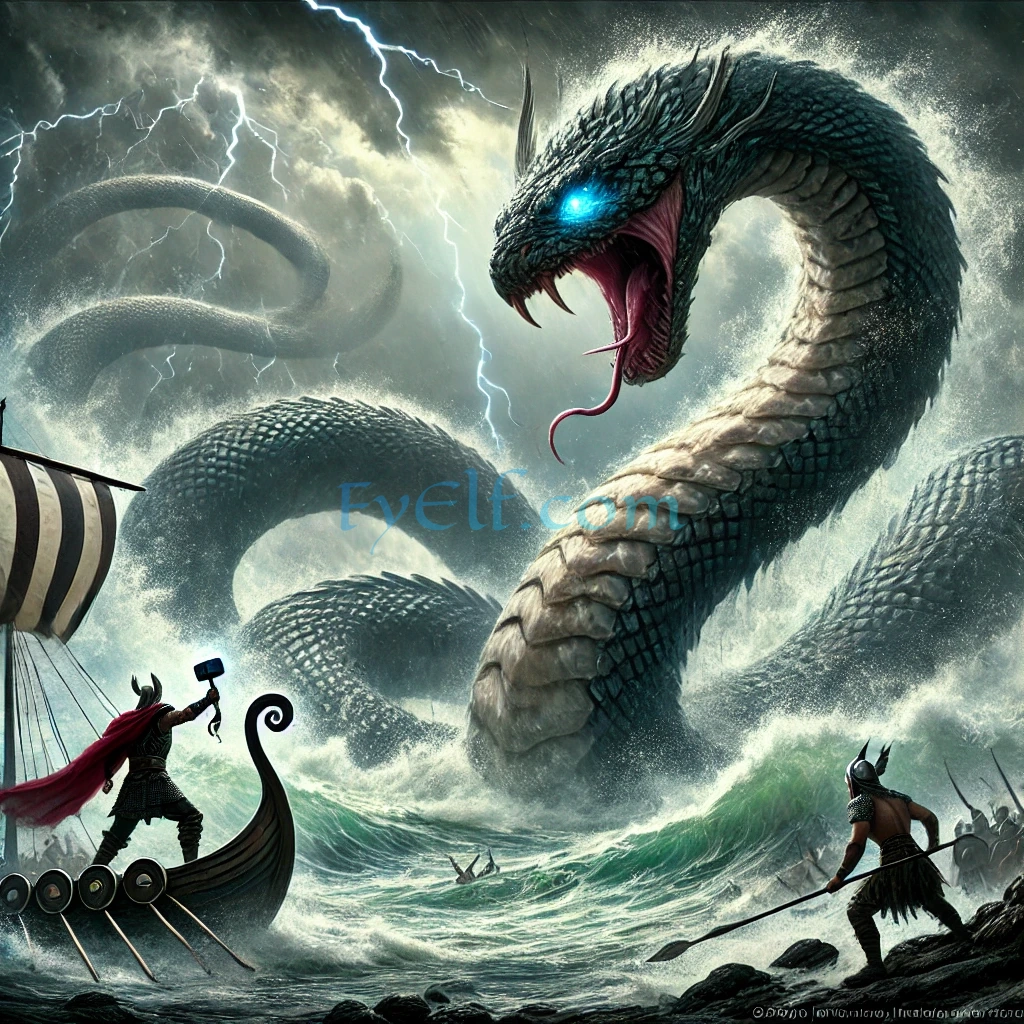Mermaids have captivated human imagination for centuries, appearing in stories, art, and mythology across diverse cultures. These mysterious sea-dwellers, with their upper bodies resembling humans and their lower halves like fish, have come to symbolize beauty, enchantment, and danger. From ancient Greece to medieval Europe and even modern pop culture, mermaids continue to be a powerful symbol of the unknown.
This article will explore the history of mermaids, their symbolism, and how they have evolved over time, shaping global folklore and mythology.
1. Origins of Mermaids in Global Mythology
The concept of mermaids can be traced back to ancient civilizations, where water played a significant role in survival and spirituality. Water bodies like oceans, seas, and rivers were viewed as mysterious and often dangerous, leading to the belief in mythical beings that lived beneath the waves.
Ancient Greece and the Sirens
In Greek mythology, the earliest mermaid-like creatures were the Sirens. Unlike the modern depiction of mermaids, Sirens were deadly creatures with bird-like bodies and human heads who lured sailors to their doom with enchanting music. However, over time, Sirens were gradually transformed into creatures with a human torso and a fish tail, which closely aligns with today’s depiction of mermaids.
Homer’s Odyssey provides one of the most famous examples of Sirens, where Odysseus has his crew plug their ears with beeswax to avoid the lure of the Siren’s call. The shift from bird to fish in later versions represents an evolution in the mythology, reflecting the human fascination with the ocean and its depths.
Mermaids in Mesopotamian Mythology
One of the earliest known mermaid-like figures is Atargatis, the goddess of fertility and water in ancient Mesopotamia. According to legend, Atargatis transformed herself into a mermaid after accidentally killing her human lover. She became associated with water, fertility, and the duality of human and aquatic life. Atargatis’ story highlights the dual nature of mermaids—both nurturing and dangerous.
Chinese and Japanese Myths
In Chinese mythology, mermaids were seen as more gentle beings compared to their Western counterparts. They were believed to possess incredible abilities, such as shedding tears that could turn into pearls. In contrast to the Western concept of mermaids being deceptive and dangerous, Chinese mermaids were often depicted as symbols of good fortune and benevolence.
In Japanese folklore, the mermaid-like creatures known as Ningyo were considered powerful beings. However, unlike the beautiful mermaids of the West, Ningyo were often described as grotesque. Eating the flesh of a Ningyo was believed to grant eternal life, but the creature itself was considered an omen of disaster.
Are Mermaids Real?
Mermaids, those half-human, half-fish sirens of the sea, have captivated maritime cultures since ancient times. Homer wrote of them in The Odyssey, and in the Far East, mermaids were believed to be the wives of sea-dragons, serving as messengers between their spouses and emperors. The aboriginal people of Australia refer to them as yawkyawks, likely due to their enchanting songs. Even as early as the Paleolithic period, magical female figures appeared in cave paintings, reflecting humanity’s fascination with the sea and its mysteries. Despite their widespread presence in mythologies, from centaurs to minotaurs, no evidence of aquatic humanoids has been found, which examines the scientific view on mermaids.
The Symbolism of Mermaids in Culture
Mermaids hold a deep and complex symbolism in cultures across the world. Their half-human, half-fish appearance represents a duality between the known and the unknown, the surface and the depths, and the feminine and mystical.
Beauty and Danger
One of the key themes in mermaid mythology is the combination of beauty and danger. The feminine allure of mermaids often draws men toward the water, only for them to meet a tragic end. This duality of attraction and peril is a recurring theme in many European folk tales, where mermaids are said to lure sailors to their deaths.
Freedom and Independence
Mermaids are also seen as symbols of freedom and independence. Living in the untamed ocean, mermaids embody the spirit of nature that cannot be controlled by human hands. This theme is particularly evident in Irish mythology, where the Selkies—seal-like creatures who can shed their skin and become human—represent a deep connection to the natural world, as well as the emotional longing for freedom and the sea.
Immortality and Transformation
The mermaid’s ability to exist in both land and water also symbolizes transformation and the ability to change. In many legends, mermaids are immortal beings, living for hundreds of years. Their longevity and mystical qualities often make them powerful symbols of immortality, regeneration, and rebirth.
Mermaids in Medieval and Renaissance Europe
The popularity of mermaids surged in medieval and Renaissance Europe, particularly in seafaring nations such as Britain, Norway, and Denmark. Sailors claimed to have spotted mermaids on long voyages, mistaking sea animals like manatees for the beautiful half-woman, half-fish creatures of legend.
The Mermaid in Christianity
During the Middle Ages, mermaids also took on a more moralistic tone in Christianity. In this context, mermaids were depicted as symbols of temptation and sin, representing the dangers of lust and carnal desire. These Christianized mermaids were often seen as temptresses, luring men away from the path of righteousness.
The Little Mermaid by Hans Christian Andersen
In 1837, Danish author Hans Christian Andersen published his famous fairy tale, The Little Mermaid. This version of the mermaid story focuses on love, sacrifice, and the desire for an immortal soul. The tale differs from traditional mermaid legends by humanizing the mermaid and portraying her as a tragic figure longing for love and acceptance. Andersen’s mermaid is a representation of selflessness and the human yearning for something greater than oneself.
Modern Interpretations of Mermaids
In modern times, mermaids have become a staple of popular culture. From literature to film, these mythical creatures continue to captivate audiences worldwide.
Disney’s The Little Mermaid
Perhaps the most famous modern depiction of mermaids comes from Disney’s The Little Mermaid, released in 1989. This animated adaptation of Hans Christian Andersen’s tale introduced Ariel, a mermaid princess who dreams of becoming human. The film’s portrayal of Ariel as a strong-willed and adventurous character brought the mermaid myth to a new generation, solidifying mermaids as icons of independence, curiosity, and resilience.
Mermaids in Pop Culture and Art
Beyond Disney, mermaids appear in countless works of art, from literature and paintings to contemporary films like Pirates of the Caribbean. They are often used as metaphors for the mysterious and uncontrollable aspects of nature, femininity, and human desire.
In the world of jewelry and fashion, mermaid-inspired designs often incorporate elements such as scales, pearls, and ocean waves, emphasizing the creature’s connection to the sea and feminine beauty.
Mermaids in Modern-Day Symbolism
Today, mermaids are often associated with themes of empowerment and self-discovery. Their allure continues to evolve, and they are now celebrated as symbols of feminine strength and independence. Many modern interpretations of mermaids focus on their desire for autonomy and the power to shape their own destiny.
The Lasting Legacy of Mermaids
From their ancient origins in Mesopotamian mythology to their role in modern pop culture, mermaids have evolved into symbols of beauty, danger, and empowerment. They remain a powerful representation of the dualities present in nature and human experience: the known and the unknown, freedom and captivity, and life and death.
Their presence in mythology has endured for millennia, and as humanity continues to explore the mysteries of the ocean, it is unlikely that the fascination with mermaids will fade anytime soon.




